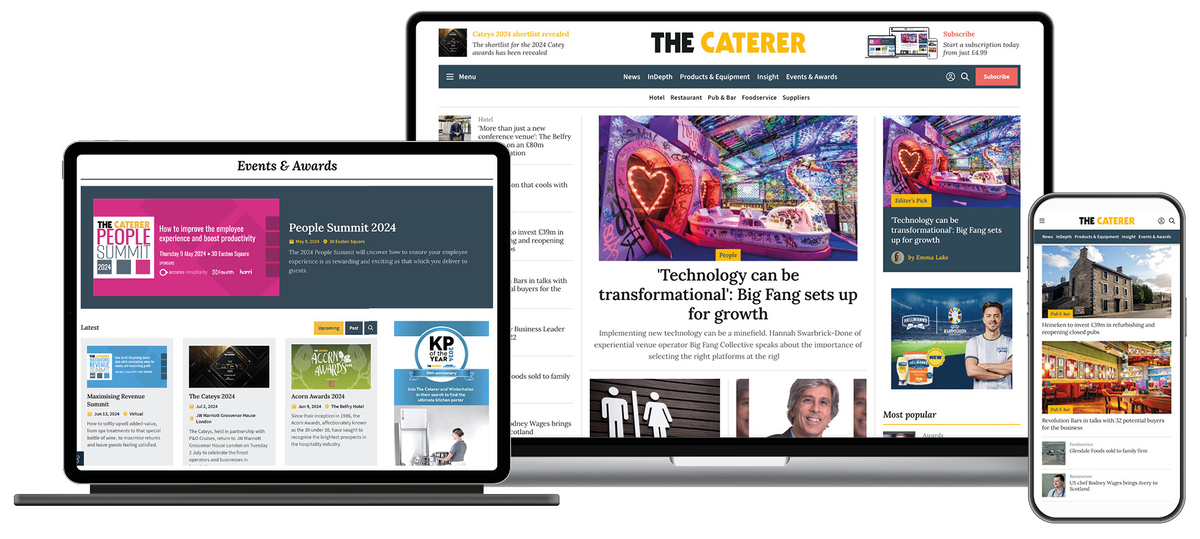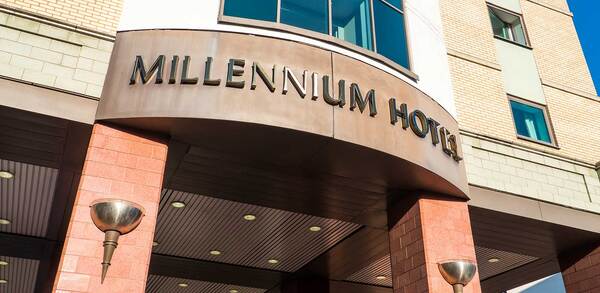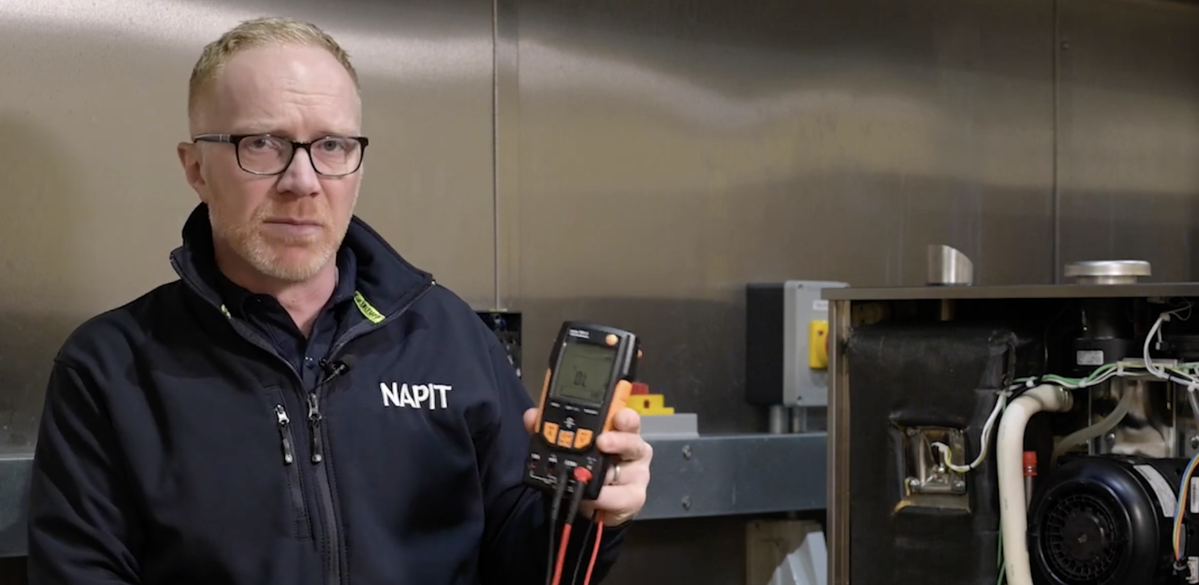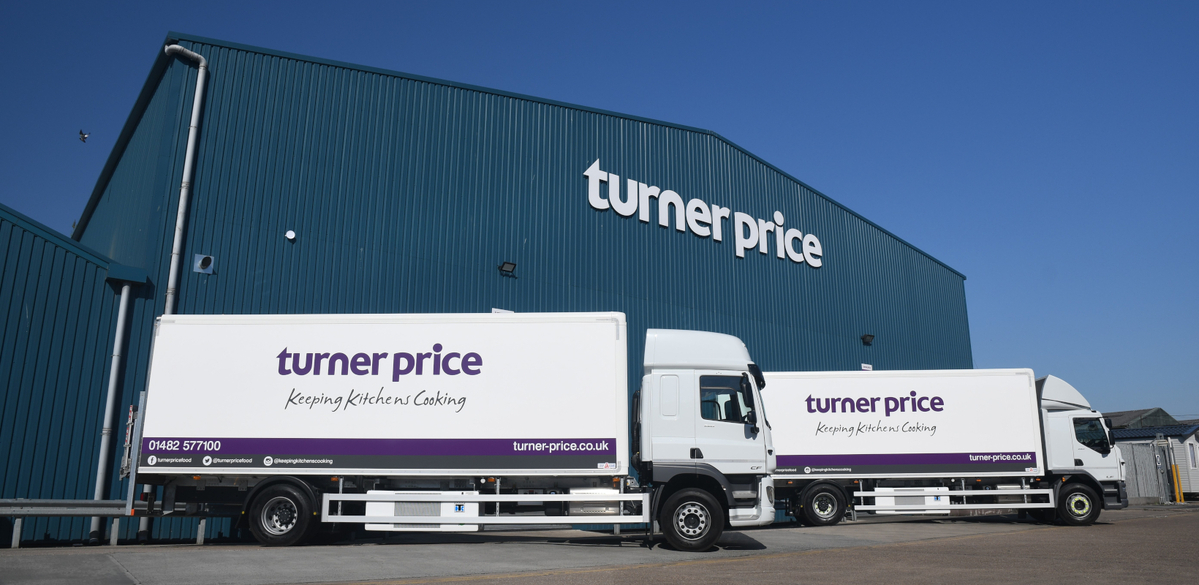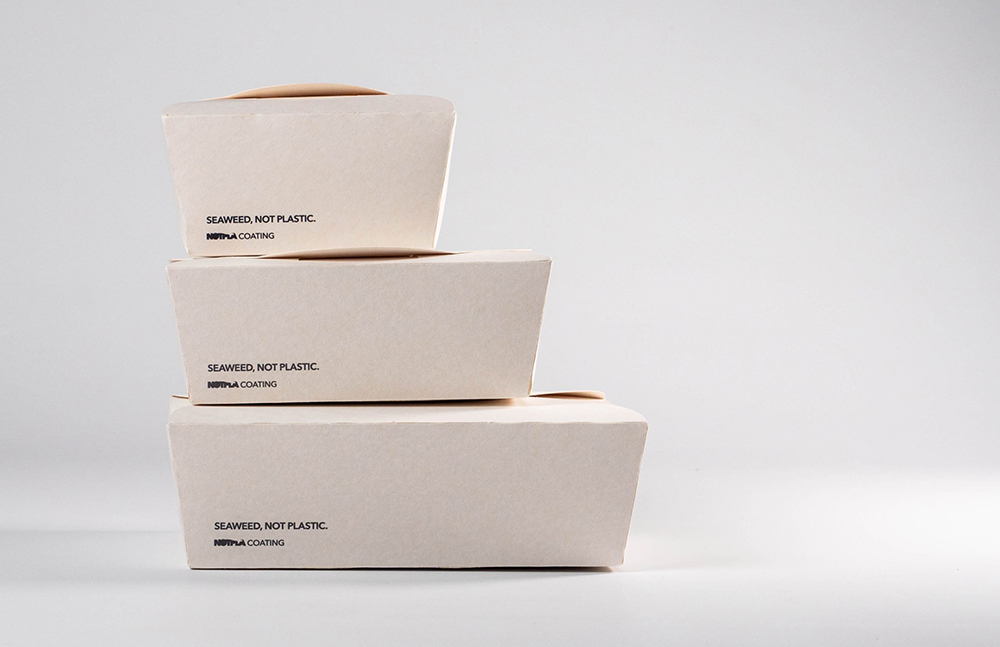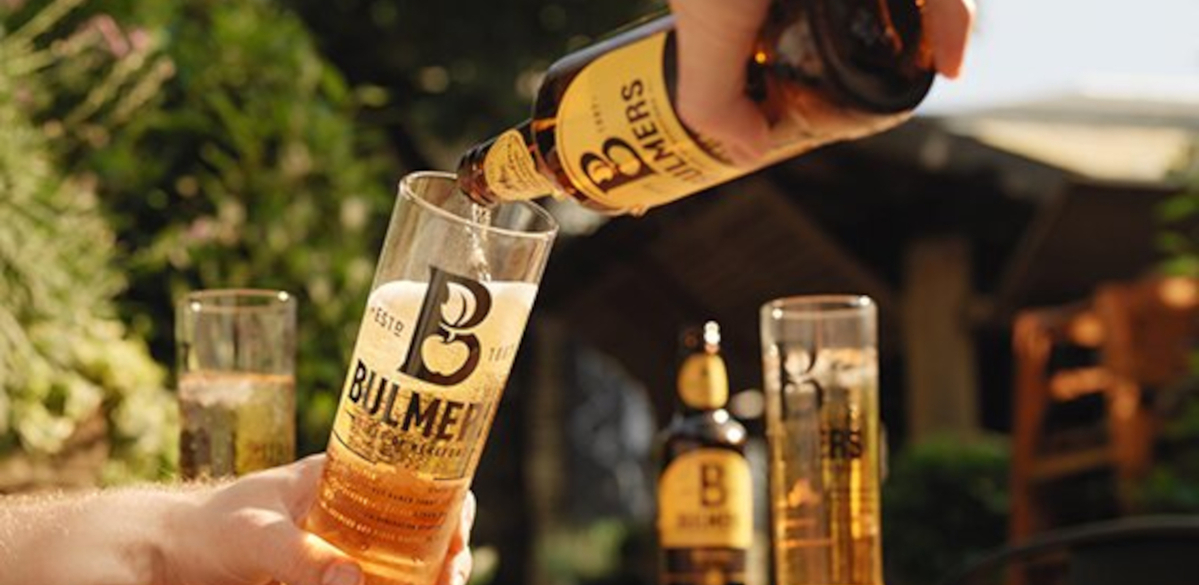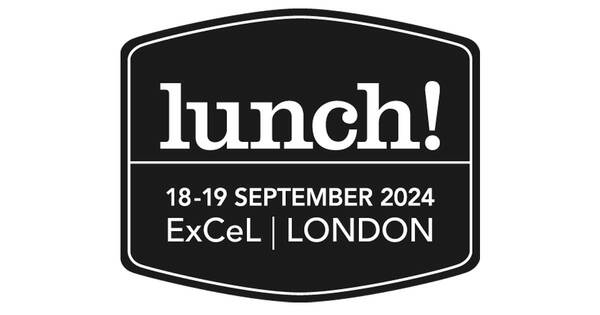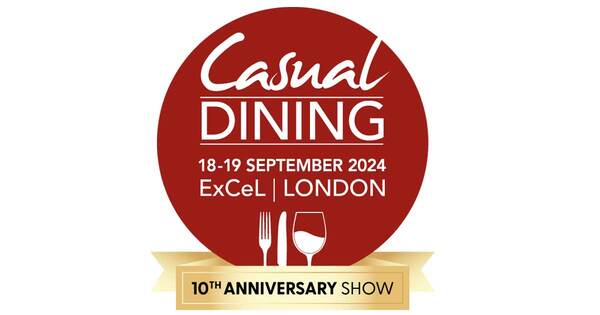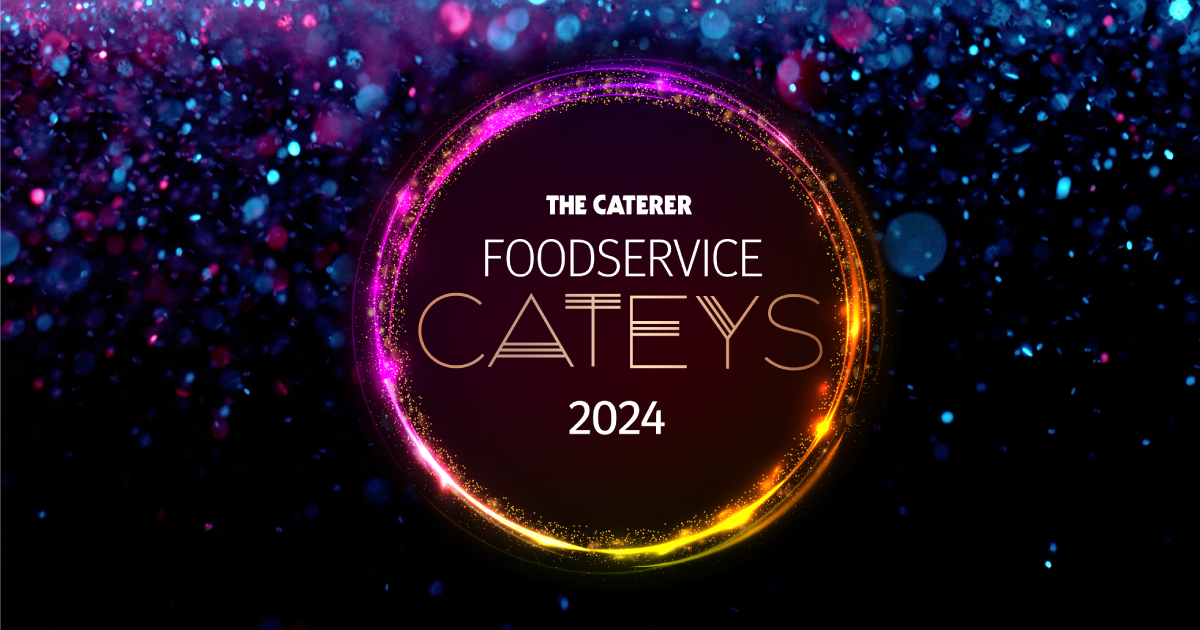How green is your menu?
Carbon labelling for every dish is now expected from foodservice operators, and there is a host of technology that can help you calculate your sustainability rating, says Glynn Davis
Carbon labelling on menus is no longer a new concept, but it remains a work in progress. The complexity involved in calculating emissions for individual ingredients in dishes is very much an inexact science with myriad moving parts.
However, despite its complexity, there is a growing appetite for it from hospitality companies as a result of a desire to operate more sustainably and to get ahead of any imminent legislation.
Consumers are also increasingly looking at their diets both from a health perspective and to reduce their personal impact on the planet. According to a recent YouGov survey, as many as 59% of people are making conscious decisions to live a low-carbon lifestyle, with changes to diet considered the single most effective lever to reduce individual footprints. However, a majority of shoppers (61%) feel they need more information to better inform their sustainable choices, which is where hospitality companies can play a part.
This confluence of factors provides hard evidence that carbon labelling will inevitably become a mainstream practice. Hospitality companies would therefore be wise to begin investigating how they can add it to their menus.
Wahaca scores its menus with Klimato

Wahaca has already adopted carbon labelling, which plays a part in its strategic objective of operating as sustainability as possible and selling more dishes with lower carbon intensity.
The company had been working with carbon counting company Klimato to place high, medium or low ratings on its dishes, but now it expects to adopt a new system from Klimato, which involves scoring dishes on a 1-5 scale (from very low carbon to very high).
Mark Selby, founder of Wahaca, says: “When we move over, customers will not know what the numbers mean. The biggest impact we can have is to not have an essay on each dish.”
He adds that carbon measuring is still not particularly sophisticated and that Wahaca has issues with the way the consensus is going, whereby for example, a chicken dish with lots of salad leaves would be rated with a lower carbon intensity than one with a smaller salad portion but the same amount of the protein.
Despite his reservations, Selby says highlighting the lower-intensity dishes on social media and via ‘table talkers’ has contributed to the 1%-2% increase in take-up of these items over the past year, which has helped Wahaca reduce its meat dish sales to less than 50%.
Wahaca’s carbon labelling is being undertaken alongside other initiatives, such as launching regenerative beef on its menus, which Selby says will reduce beef carbon by 40%. The company had taken steak off the menus when it first introduced carbon labelling.
Top marks for low carbon for CH&Co and Foodsteps
CH&Co has been working with Foodsteps to give chefs at its client, University College London (UCL), access to data on the carbon intensity of different dishes, which they are encouraged to use as part of menu development.
Rosie Rayner-Law, sustainability business partner for CH&Co, says: “The university footprints all main meals in the refectories as well as typical plates in its halls of residence breakfasts and dinners, and in-house-made bakes. The impact on menu creation has been significant.”
“Chefs have become experts at low-carbon reformulation”
The big upside is that chef knowledge about low-carbon dishes has grown substantially, with chefs now instinctively understanding what makes a dish high carbon. It has also led to the almost complete removal of E-rated dishes (very high carbon). Red meat is still served, but recipes are tweaked to feature more lower-carbon, plant-based ingredients and smaller amounts of meat.
Rayner-Law says: “Chefs have become experts at low-carbon reformulation and this has led to a greater inclusion of beans and pulses in the menu. Over 50% of the menu is plant-based, resulting in greater creativity from chefs on plant-based cooking, and greater skill at creating delicious plant-led food that people want to choose.”
The initiative has resulted in a substantial positive move by customers since it began in August 2021, when only 31% of dishes sold were vegan or vegetarian (generally lower in carbon), moving up to 46% in May 2024.
However, Rayner-Law cautions: “It can be operationally challenging to roll-out carbon labelling – it requires a large amount of pre-planning and organisation. In contract catering, where menus change every day, there are a huge number of dishes to footprint.”
She adds: “The labels are just one piece of the puzzle – they have to be supported by chef education, clear rules on what a menu should be comprised of [50% minimum plant-led options] and, crucially, well-managed and communicated to both teams and customers.”
UCL has also become the first university to implement the Reewild app, which helps students track and reduce their dietary carbon footprint and incentivises them to make more sustainable choices.
Freddie Lintell, founder and chief executive of Reewild, says these incentives include free meals and coffees: “We offer exclusive offers and rewards when students choose low-impact dishes, and they can collect points and stamps. This is an element of gamification.”
The idea is that Reewild will partner with other carbon-counting companies to enable the app to be used in a variety of venues run by different operators. This will then give app users greater visibility of their carbon emissions and can lead to more sustainable choices across many F&B venues.
The arrangement with CH&Co and UCL was initially a trial, but it has been sufficiently successful for the partnership to be extended for another year, according to Lintell.
Environmental impact at a glance with Sodexo’s Oasis schools

After the success of a carbon labelling trial by Sodexo with client Oasis Academy schools, it has been rolled out to 13 secondary schools, with meaningful increases in lower carbon meals being chosen by students.
Steve Hawkins, managing director of state schools at Sodexo UK and Ireland, says the pilot in 2022 at two Oasis schools resulted in the number of students choosing low-carbon meals increasing by 78% to 90% at Salford and 71% to 88% in Croydon. In January 2024, sales of low-carbon meals accounted for 81% of all dishes served across the 13 schools.
The carbon footprint of each of the main courses is calculated and labelled with a traffic light system of very low, low, medium, high and very high CO2 emissions, enabling students to see at a glance the environmental impact of each dish.
“We continue to work with Oasis to help educate its students on the impact food has on the environment. In the dining halls we have thought-provoking food facts about high CO2e foods, such as beef burgers,” says Hawkins.
The evolving initiative involves chefs looking at what dishes are popular and how high CO2e dishes can be reformulated. “We do this by replacing part of the meat content with high-quality, plant-based protein alternatives to lower the carbon impact of the dishes,” he says.
Encouragingly, the low-carbon dishes have been rising in popularity, with the two most popular being chickpea, lentil and sweet potato curry along with the roasted vegetable and bean flatbread.
Benugo identifies cost-saving opportunities with Nutritics

Helping both employees and consumers make more informed, sustainable choices has become a realistic achievement for contract catering company WSH since it implemented an environmental impact scoring system, Foodprint from Nutritics, across the grab-and-go bakery range of its Benugo estate.
Benugo was already committed to sustainably sourcing its produce and the Foodprint software has not only provided greater transparency to customers but also enabled it to gain increased visibility over the carbon footprint of its supply chain and identify cost-saving opportunities.
Mike Hanson, director of sustainable business at WSH, says: “We wanted to reliably report on not only calories, allergens and nutritional content at ingredient and menu item level, but also on the environmental impact of each dish, from the field to the kitchen to the plate.
“Everyone – teams, consumers, management – is at a different stage in their ‘carbon literacy’ journey. But by having an accurate and easy to understand scoring system we’ve been able to create balanced menus that offer more environmentally friendly dishes, and in turn help customers make greener choices by displaying carbon scores.”
By building individual recipes into the solution, the software uses its data to generate an accurate carbon impact score for a specific dish or food item. Scores range from A-E, with A being the most environmentally friendly choice, and are displayed on the bakery and grab-and-go range. Not only is this valuable in encouraging consumers to make more environmentally-friendly choices, but it also empowers chefs to create more sustainable menus and identify hotspots in the supply chain where efficiencies can be made – for example, swapping out a certain ingredient for a more sustainable, low-carbon alternative.
“It’s an action that has been very well-received by our customers and clients alike. Most importantly, it’s given the tools to our chefs to make informed decisions about the food that we serve, ensuring a balance of good food that also does good,” says Hanson.
SSP uses Klimato to identify high-carbon-impact recipes
SSP’s Ritazza and Camden Food Co brands have adopted carbon menu labelling at the state-of-the art Terminal A at Zayed International Airport in the United Arab Emirates that will lead to the labelling being rolled out to other brands.
In the UK, the SSP team analysed around 1,300 recipes from its own-brand menus through the Klimato platform, calculating their footprint against an A-E carbon rating scale. The chefs are now using these insights to identify opportunities to adjust high-impact recipes, develop lower-impact alternatives where possible, and redesign menus to reflect a balanced range of dishes.
What has been particularly promising, according to SSP, is the way in which its employees have embraced Klimato in the UAE, embedding it into their business-as-usual processes and ensuring all new recipes are assessed.
The initiative has been promoted in-store through carbon labels on digital and print menus, complemented by in-store messaging at key points such as display counters and tables. To enhance customer education and guide them toward climate-smart choices, there are also QR codes that link to additional information about Klimato and SSP’s partnership.
The insights gained about how labelling influences customer behaviour will inform the company’s future strategy. The team is also exploring the impact that switching menu images to feature lower-impact dishes, instead of high-impact dishes, has on sales.

